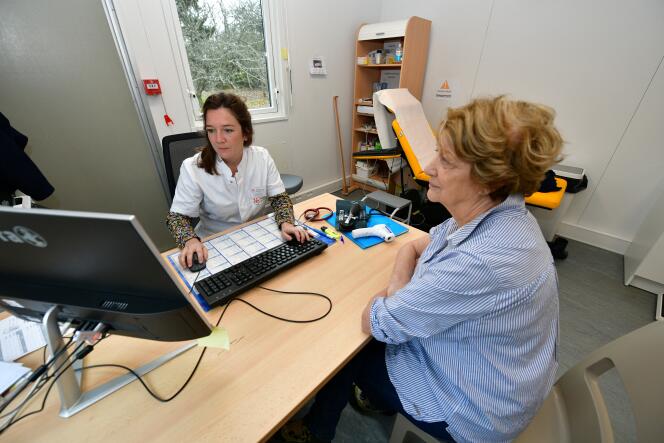THE CUT
By Katie Heaney JULY 5, 2018
Photo: Adam Kuylenstierna / EyeEm/Getty Images
A week ago, this tweet caught my eye, and I’ve been thinking about it ever since. “As much as I use my smartphone,” it said, “I don’t think I’ve ever seen it in any of my dreams.” It was so true — I really didn’t dream about my iPhone, as far as I could recall. And according to the tweet’s 55,000+ likes, nor did many other people. Now, I don’t expect dreams to represent reality, necessarily. At least 60 percent of my dreams feature airplanes shaped like my bedroom and supported by floppy, creaky iron wings. But for how frequently I look at my phone, I would expect some version of it — even a bizarro dreamland version — to appear semi-regularly in my dreams.
I asked Alice Robb, author of the forthcoming book Why We Dream: The Transformative Power of Our Nightly Journey, to explain our phones’ relative absence from our dreams, and she introduced me to what’s called the “threat simulation hypothesis” of dreaming. “[This theory] basically suggests that the reason why we dream is that dreams allow us to work through our anxieties and our fears in a more low-risk environment, so we’re able to practice for stressful events,” says Robb. This hypothesis also posits that because our dreams are an evolved defense mechanism, we tend to dream more often about fears and concerns that were relevant to our ancestors — so, less about, say, hacking, and more about running from wild animals. “People tend not to dream quite as much about reading and writing, which are more recent developments in human history, and more about survival related things, like fighting, even if that has nothing to do with who you are in real life,” says Robb.
Lire la suite ...
:quality(70):focal(2305x2385:2315x2395)/cloudfront-eu-central-1.images.arcpublishing.com/liberation/M6C3YARVU5AGLDGDAGRMHP3DWY.jpg)







:quality(70):focal(1770x1060:1780x1070)/cloudfront-eu-central-1.images.arcpublishing.com/liberation/C4DBRBXEVVA3NEIYIRL7C2IET4.jpg)






:quality(70):focal(2465x2105:2475x2115)/cloudfront-eu-central-1.images.arcpublishing.com/liberation/5QK3L2G3SJD3RBOJB54K2YGEQM.jpg)









